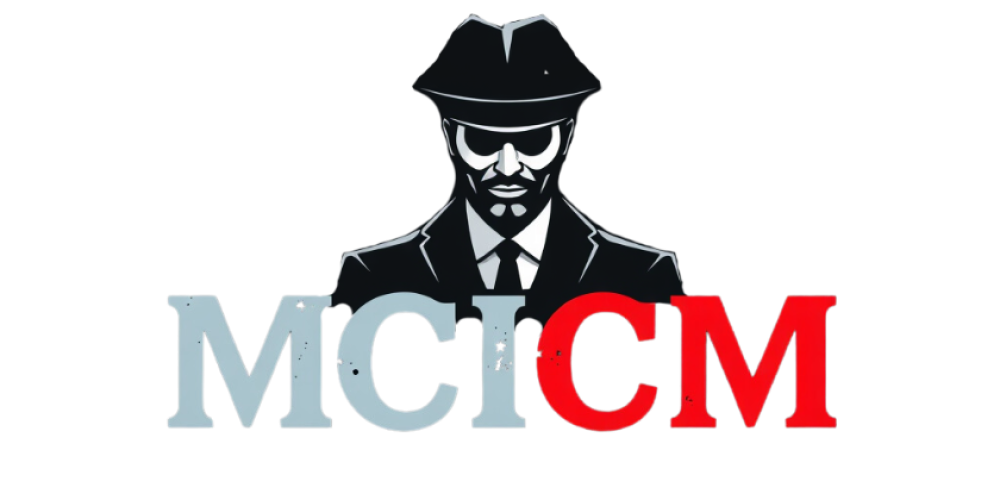In the United States, the five mafia families that constitute New York’s underworld have utilized intimidation, terror, and murder to extend their influence. They have managed to corrupt labor unions, operate extortion schemes, and infiltrate nearly every major industry within the city. Conflicts often arise among these crime families regarding control over specific territories or industries, and these disputes are invariably resolved through violent means. By the 1970s, the Gambino family had emerged as the most dominant and ruthless criminal organization in the nation. As the decade drew to a close, the FBI recognized the need to dismantle the mafia’s reign of terror.
To combat organized crime in New York, the FBI’s New York office established five squads, each tasked with investigating and dismantling a specific criminal family. Special Agent Bruce Mouw was appointed to oversee the squad responsible for targeting the Gambino family. The primary focus of Mouw’s investigation was to bring down the leadership of the Gambino family, which consisted of the boss, Paul Castellano, and his underboss, Neil della Croce. Castellano had assumed the family’s leadership in 1976 following the natural death of Carlos Gambino, the family’s namesake.
The FBI’s efforts also extended to key captains within the Gambino family, such as John Gotti, who controlled crews of soldiers responsible for carrying out the family’s day-to-day criminal activities. While Castellano did not directly participate in criminal activities, his prosecution appeared to be a formidable challenge for the FBI.
The Gambino family operated with a tightly-knit hierarchy that shielded its inner workings from outsiders. Their organized crime network encompassed over 50 captains who commanded a force of over 300 soldiers, making it a vast and seemingly impenetrable secret society. The only way for outsiders to gain insights was through surveillance cameras.
However, a significant change came with the introduction of federal racketeering legislation, which criminalized ordering criminal acts as severely as committing the crimes themselves. To successfully prosecute the leaders of the Gambino family, the FBI needed to clandestinely capture them discussing their criminal operations on tape. This task demanded patience and a methodical approach, as infiltrating the intricate structure of the Gambino family would take years.


